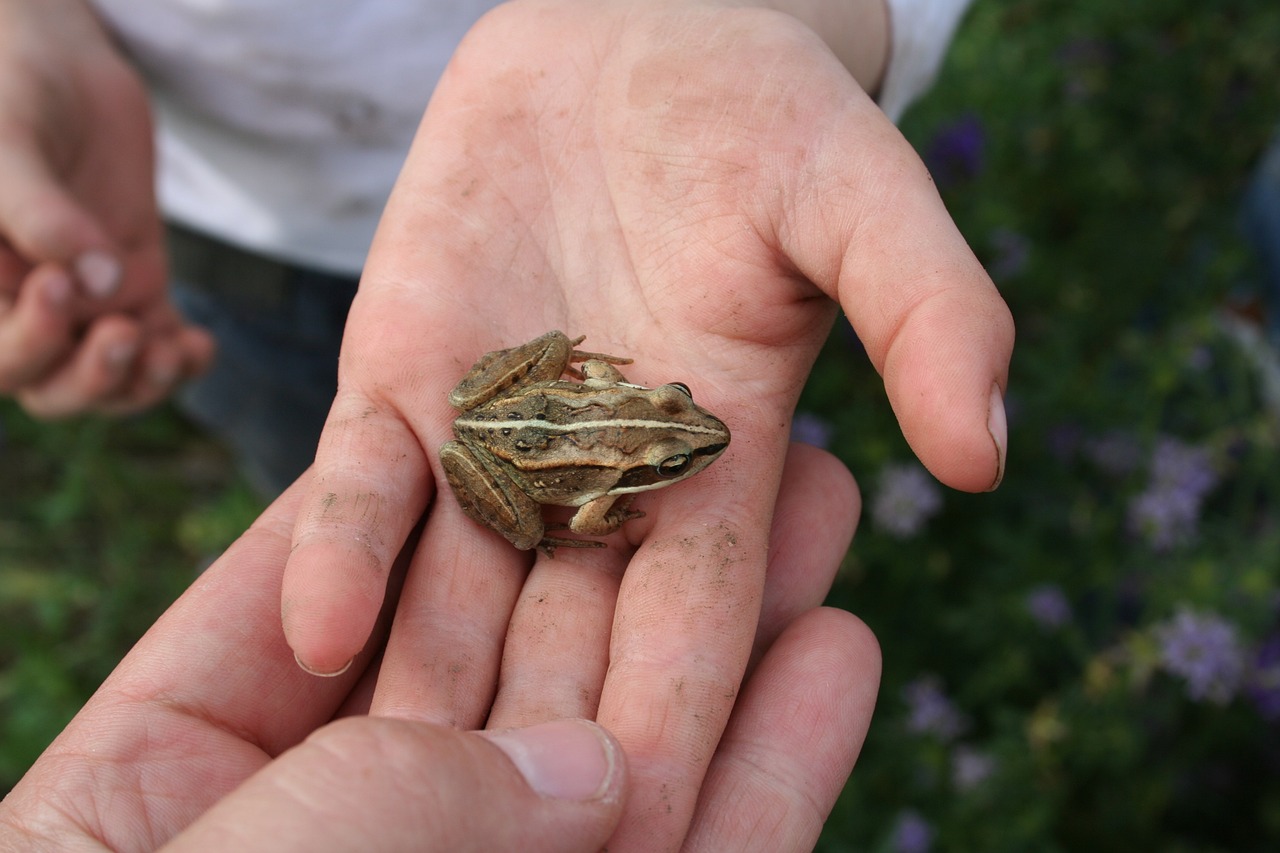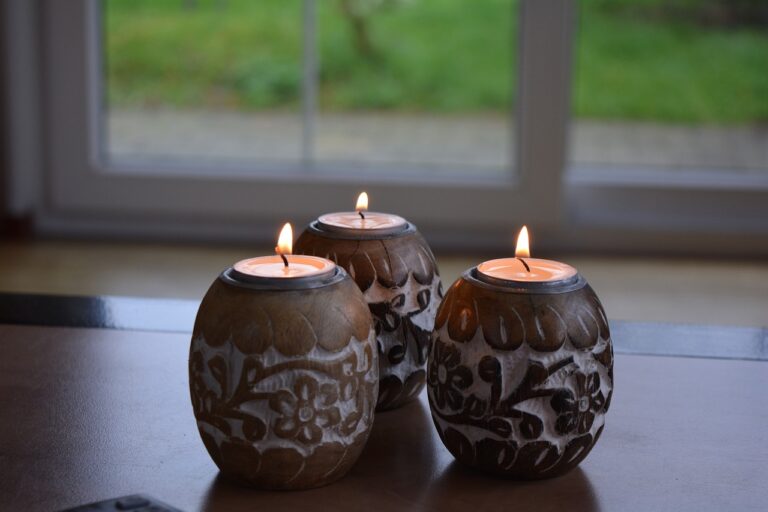The Impact of Appliance Design on Water Conservation: Betbhai.com, Cricbet99, Diamond exchange 9
betbhai.com, cricbet99, diamond exchange 9: Appliance design plays a crucial role in water conservation efforts. The way our appliances are designed greatly impacts the amount of water they use, which in turn affects water conservation efforts globally. Let’s explore how appliance design influences water consumption and how innovative designs can help us save water.
Efficient Water-Using Appliances
Appliances such as dishwashers, washing machines, and toilets account for a significant portion of water usage in homes. Therefore, designing these appliances to be more water-efficient can make a big difference in water conservation efforts. For example, newer models of dishwashers and washing machines are designed to use less water while still providing effective cleaning.
Sensor Technology
One innovative design feature that has helped improve water efficiency in appliances is sensor technology. Sensors can detect the level of soiling or dirt in dishes or clothes, allowing the appliance to adjust water usage accordingly. This ensures that only the necessary amount of water is used, reducing waste significantly.
Dual Flush Toilets
Toilets are one of the biggest culprits when it comes to water wastage in homes. Traditional toilets use a fixed amount of water per flush, regardless of the amount of waste. However, dual flush toilets have been designed to provide two flushing options – one for liquid waste and one for solid waste. This design allows users to use less water for minor flushes, ultimately conserving water.
Rainwater Harvesting Appliances
Some appliances are designed to take advantage of rainwater harvesting systems. For example, washing machines can be connected to rainwater tanks to use collected rainwater instead of potable water. This design not only conserves water but also reduces the demand on municipal water supplies.
Smart Home Integration
Smart home technology is revolutionizing the way we use appliances, including water-consuming ones. Smart appliances can be programmed to optimize water usage based on factors like time of day, water pressure, and household water usage patterns. This intelligent design helps ensure that water is used efficiently and not wasted.
Compact Designs
In addition to being water-efficient, appliance design can also impact water conservation through space-saving and compact designs. Smaller appliances take up less space and require less water to operate, making them ideal for smaller homes or apartments where water usage may be limited.
Innovative Designs for a Sustainable Future
As we continue to face water scarcity and conservation challenges, innovative appliance design will play a critical role in helping us reduce water wastage and promote sustainability. By investing in water-efficient appliances and embracing new technologies, we can all contribute to a more water-conscious future.
FAQs:
Q: Are water-efficient appliances more expensive?
A: While water-efficient appliances may have a slightly higher upfront cost, they often lead to long-term savings on water bills.
Q: Do water-efficient appliances sacrifice performance?
A: Not necessarily. Many water-efficient appliances are designed to provide the same level of performance while using less water.
Q: Can I retrofit my existing appliances to be more water-efficient?
A: In some cases, yes. However, it’s often more cost-effective to invest in newer, water-efficient models for long-term water savings.







